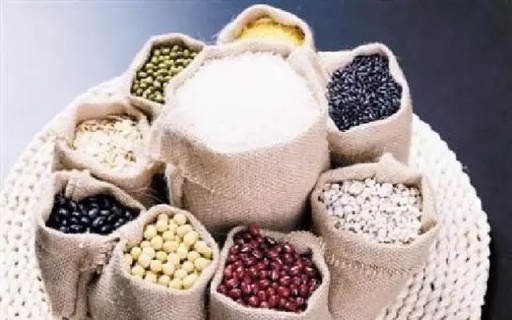
 October 16 marks the 36th World Food Day, established to raise global awareness about the importance of food and agricultural production.
October 16 marks the 36th World Food Day, established to raise global awareness about the importance of food and agricultural production.

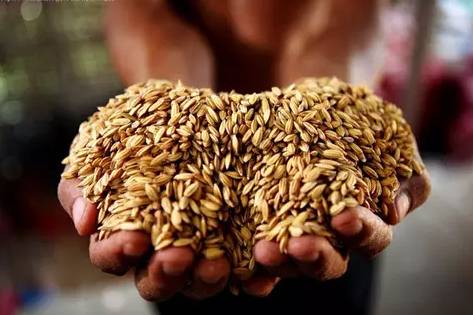
“Food is the God of the People”; China’s dietary habit, centered around grains, has been followed for thousands of years. The concept of grain-based health is one of the essences of Chinese dietary culture, as stated in the classic TCM text, the Huangdi Neijing (黄帝内经), which mentions “grains are for nourishment.”
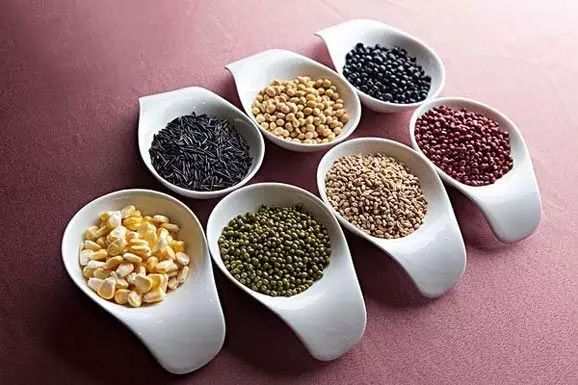
Oats Lower Blood Lipids
The most praised health component of oats is β-glucan, a soluble fiber that gives oats a viscous texture and has the function of preventing cardiovascular diseases and lowering cholesterol levels.
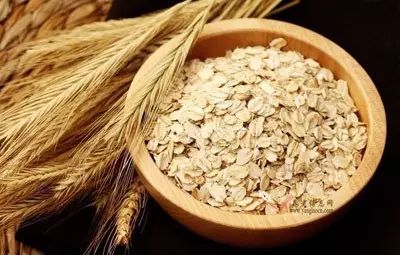
Additionally, oats have a low glycemic index, which helps control blood sugar levels. Oats also prevent constipation and colorectal cancer. It is best to cook oat flakes for 3 to 5 minutes before consumption, as this is more effective than just soaking.
Buckwheat Lowers Blood Sugar
Buckwheat and the Chinese specialty bitter buckwheat are very high in rutin, which is a key component in medications for preventing and treating diabetes and controlling postprandial blood sugar levels. Therefore, buckwheat and bitter buckwheat are particularly suitable for diabetic patients.

Diabetic patients should carefully check the ingredient list when choosing products and opt for those with high buckwheat content. Common bitter buckwheat products include bitter buckwheat tea and bitter buckwheat powder, which diabetic patients can choose based on their conditions.
Coix Seed Prevents Cancer
The coix seed contains coix oil, which has been found to effectively control the growth of cancer cells, making it an ideal anti-cancer food. Additionally, coix seed is also known for its skin whitening and beautifying effects. Coix seeds are relatively hard, so it is recommended to soak them before cooking them into porridge.
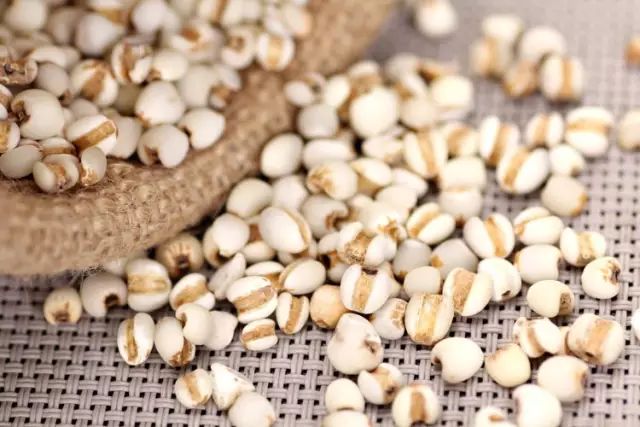
Millet Protects the Stomach
Millet has a balanced nutritional profile, with a variety of vitamins and minerals present in relatively high amounts. The greatest feature of millet is its easy digestibility, which does not place a heavy burden on the stomach.
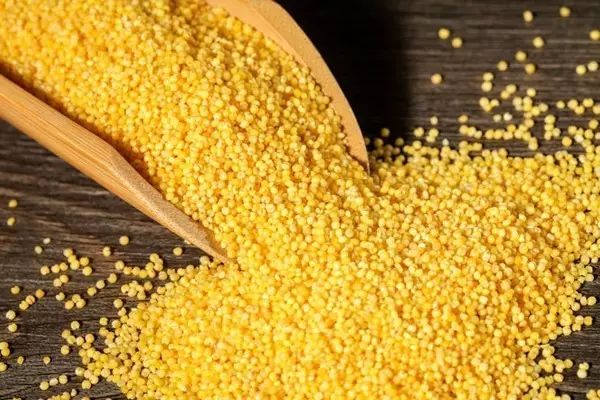
Black Rice and Purple Rice Protect the Eyes
Black rice and purple rice, which are generally rich in anthocyanins, have antioxidant properties that can prevent fat oxidation and maintain the health of ocular blood vessels.
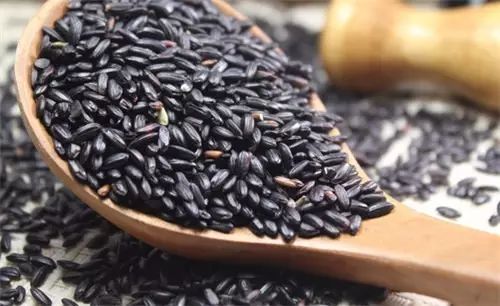
Black rice and purple rice also contain a rich amount of dietary fiber and minerals, but their texture is relatively hard and they absorb water slowly. Therefore, they need to be soaked for a long time before cooking, ideally for up to 12 hours. Cooking them into porridge is more beneficial for digestion and absorption.
Grains are Nutrient-Rich and Share a Common Origin with Medicine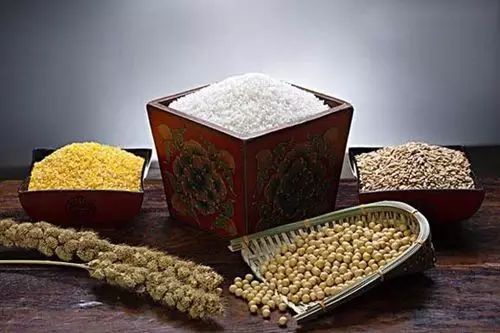 In the Zhou Li (周礼) from the Western Zhou period, the five grains referred to are millet, foxtail millet, beans, wheat, and rice. Today, the five grains in TCM generally refer to: beans (豆), corn (黍), millet (稷), wheat (麦), and rice (稻); corresponding to the five organs of the human body: kidneys, heart, spleen, liver, and lungs.
In the Zhou Li (周礼) from the Western Zhou period, the five grains referred to are millet, foxtail millet, beans, wheat, and rice. Today, the five grains in TCM generally refer to: beans (豆), corn (黍), millet (稷), wheat (麦), and rice (稻); corresponding to the five organs of the human body: kidneys, heart, spleen, liver, and lungs.
Eating grains in a healthier way
Mixing Coarse and Fine Grains When consuming grains, it is important to mix coarse and fine grains. If grains are not cooked thoroughly, consumed in excess, or not chewed properly, they can place an extra burden on the digestive system. Young children and the elderly, who may have weaker digestive functions, may experience discomfort such as indigestion and bloating. Cooking coarse grains into porridge or mixing them with fine grains can aid digestion and absorption.

Dietary Balance While consuming coarse grains, it is also important to maintain dietary balance by ensuring adequate intake of fruits, vegetables, and animal proteins such as fish and meat. Pairing protein-rich and mineral-rich foods can help with absorption and avoid malnutrition caused by excessive reliance on coarse grains. Achieving nutritional balance is essential.

Focus on Cooking Methods The cooking methods for grains are also quite important. For example, black rice is best suited for porridge rather than rice. Corn is best steamed for maximum nutrition. Pairing oats with milk helps with more comprehensive nutrient absorption.
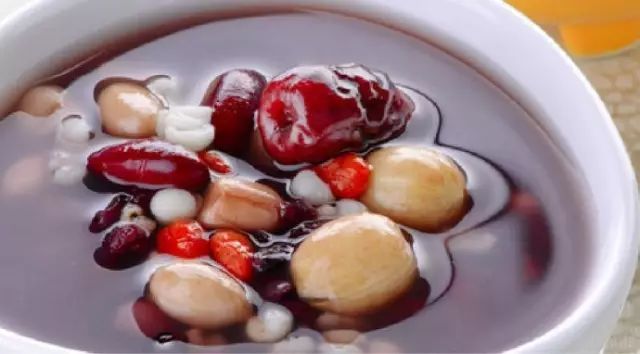
“Every grain of rice and every meal should remind us of the hard work that goes into it. Each grain goes through at least 20 processes from sowing to harvesting and then to processing into finished products. We should cherish every grain and avoid waste. Here are some tips for saving food: 1. Serve appropriate portions to avoid leftovers and reduce waste, and continue the ‘clean plate’ campaign.
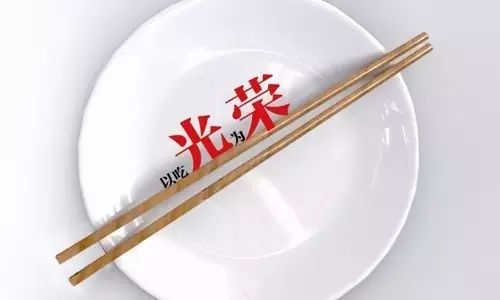
2. When dining out, order appropriately and avoid excessive ordering. 3. Pack leftovers to take home.

4. Avoid comparisons; take pride in saving and shame in waste. 5. Be brave to stop wasteful practices when you see them and strive to reduce waste. Tips for Home Grain Storage to Prevent Rice from Infesting
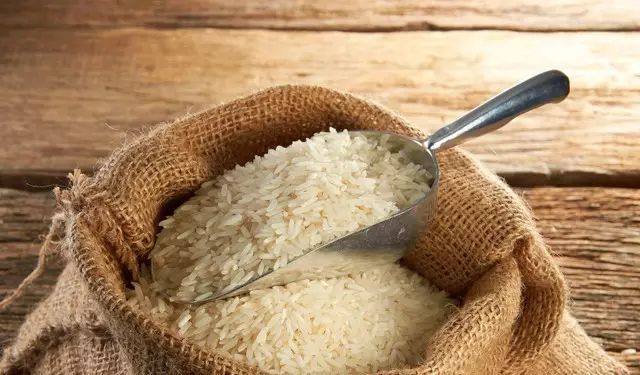
Garlic Method: Garlic contains allicin, which can be buried in rice to prevent pests. Orange Peel Method: Orange peels contain citral, which can be buried in rice to repel pests. Freezing Method: Infested rice can be placed in a plastic bag, sealed tightly, and placed in the freezer for 48 hours to kill the pests. Sichuan Pepper Method: Pack 50 grams of Sichuan pepper powder in a small cloth bag and place it in the rice container, sealing the container with plastic wrap. The volatile substances released by the Sichuan pepper can repel and kill pests. If rice has pests, do not rush to throw it away or expose it to sunlight. Spread the infested rice in a cool, ventilated area to allow the pests to crawl out slowly, then sift it to continue using. However, if the rice has mold, it should be properly disposed of and not consumed. Storage Methods for Grains
If rice has pests, do not rush to throw it away or expose it to sunlight. Spread the infested rice in a cool, ventilated area to allow the pests to crawl out slowly, then sift it to continue using. However, if the rice has mold, it should be properly disposed of and not consumed. Storage Methods for Grains
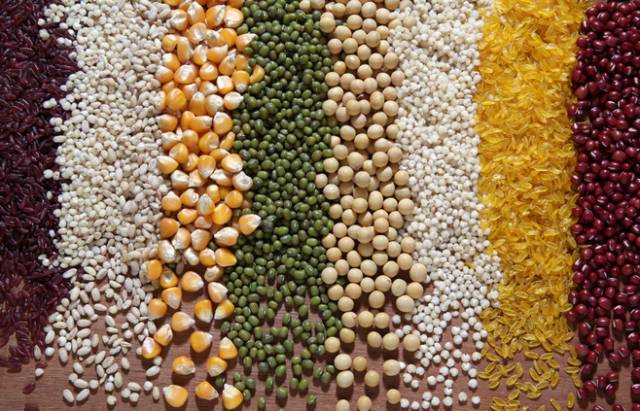
Grains and beans should be sealed in plastic bags and stored in a cool, dry, and well-ventilated area to prevent moisture, heat, mold, and pest infestations.  It is recommended not to buy too many grains and beans at once; buy as needed. Tips for Storing Cooking Oil
It is recommended not to buy too many grains and beans at once; buy as needed. Tips for Storing Cooking Oil
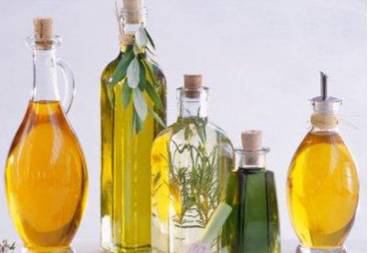
When storing cooking oil, it is important to keep it in a cool, dry place, avoiding direct sunlight. Oils high in unsaturated fatty acids such as flaxseed oil, safflower oil, and sunflower oil should be kept away from light, and for opened bottles, the cap should be tightly closed after each use, preferably stored in the refrigerator. Plastic containers usually have some permeability, which is not conducive to the sealed storage of cooking oil, so glass bottles are preferred. Keep oil bottles as far away from heat sources such as stoves and heaters as possible.
Keep oil bottles as far away from heat sources such as stoves and heaters as possible.

Frugality is a traditional virtue of the Chinese nation. “Weeding at noon, sweat drips into the soil. Who knows the meal on the plate, every grain is hard-earned.” Let us love and save food, starting with ourselves and starting now!
(Images and text sourced from the internet)
Zizhong Broadcasting and Television Station
Long press to scan the QR code and follow us

